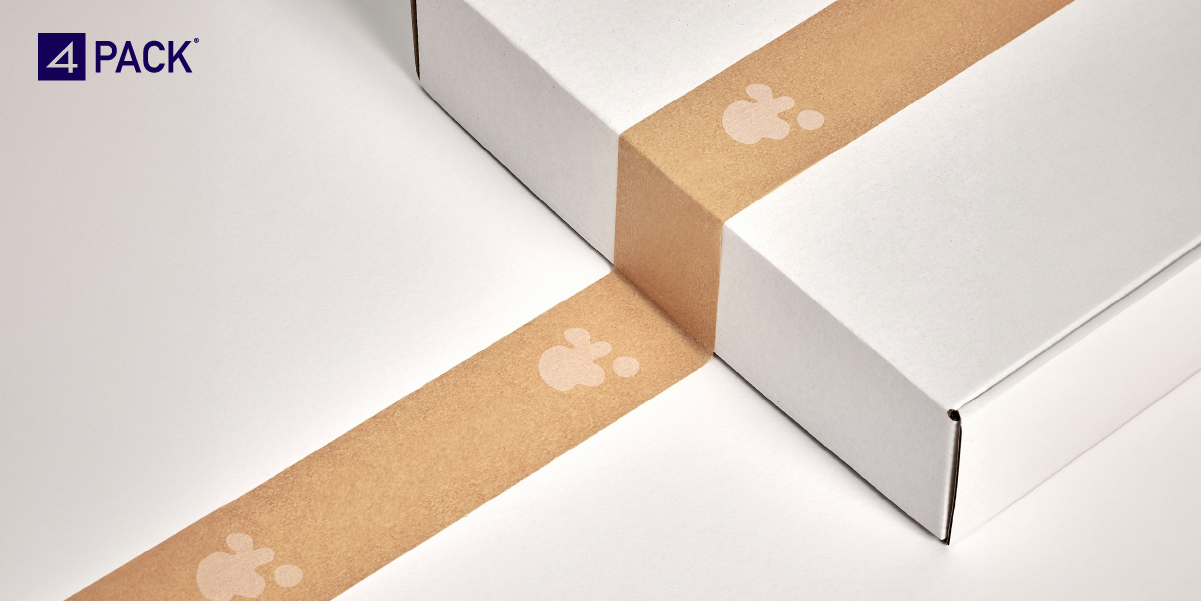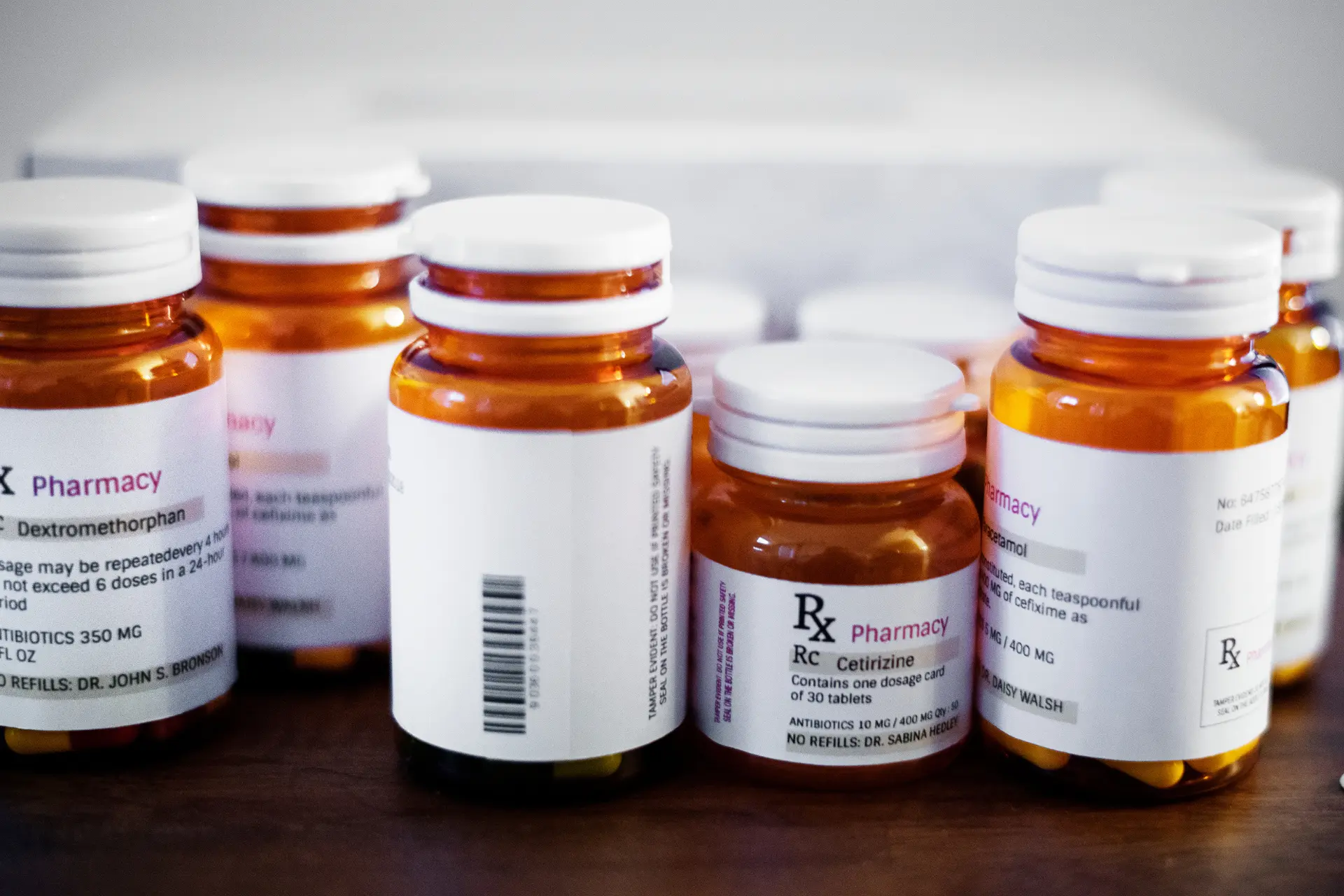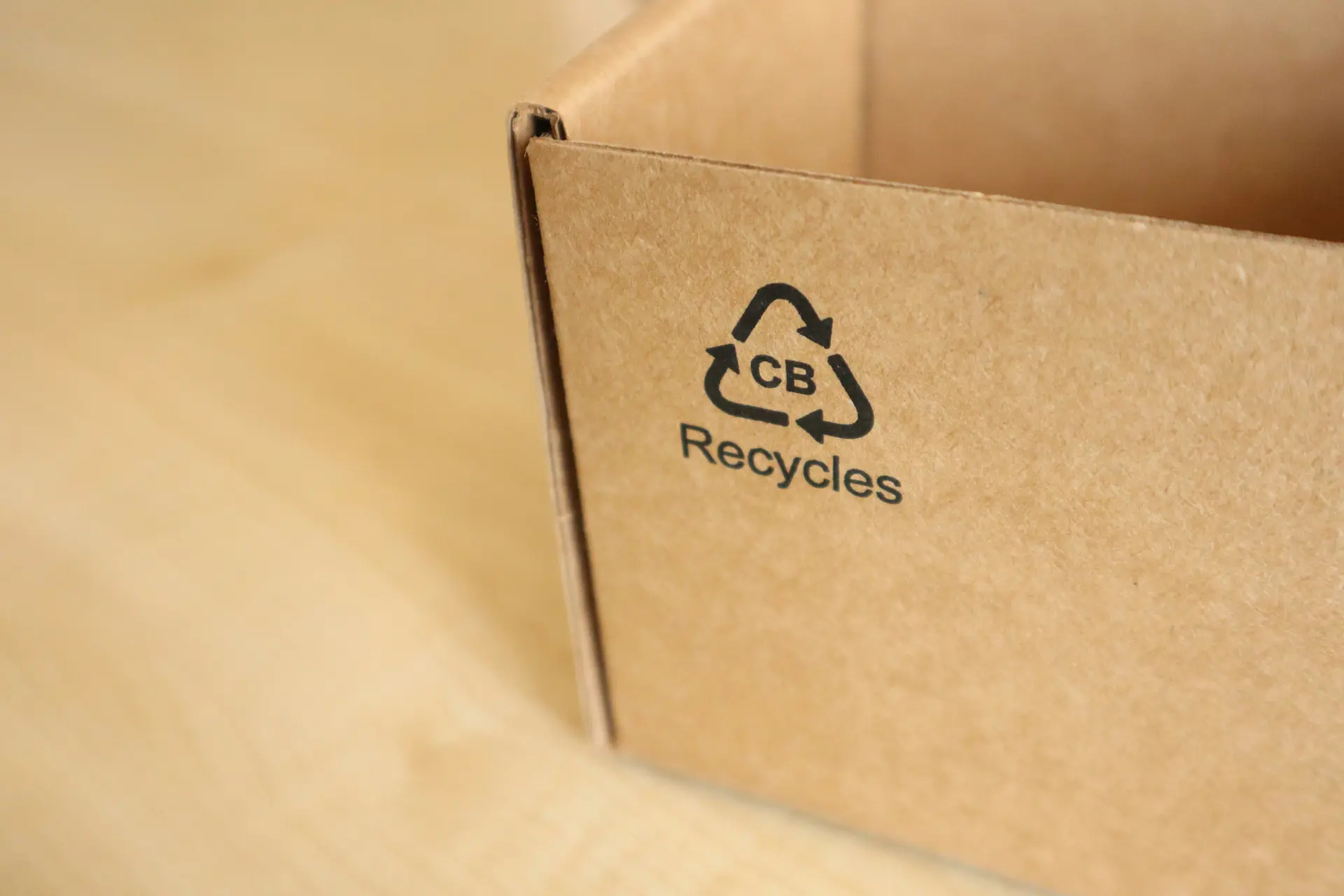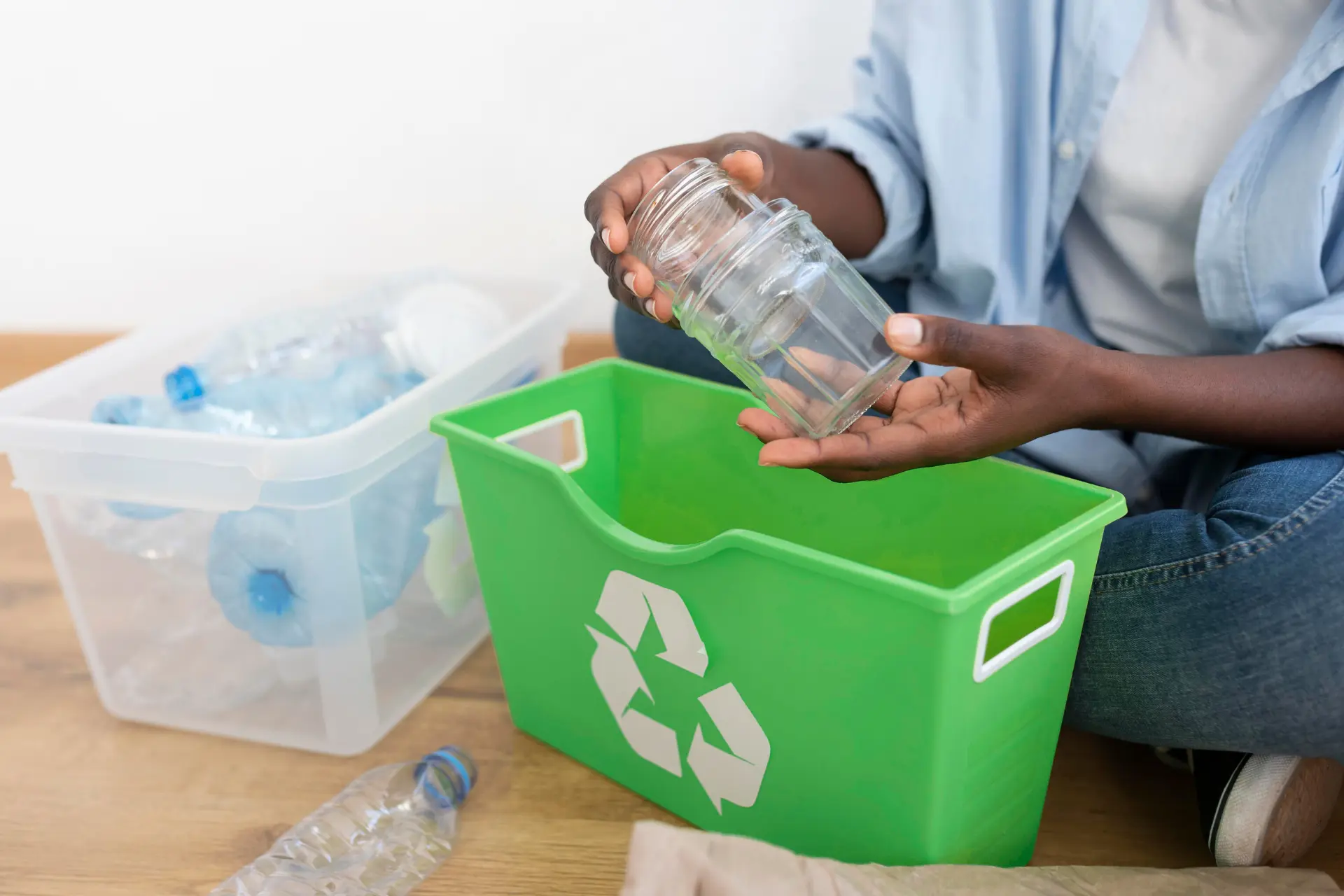The Driving Force Behind The Evolution of Packaging Design
When it comes to product packaging, staying ahead of design trends is crucial. As we step into 2024, one theme stands out prominently: packaging sustainability. Consumers and regulators alike are pushing for greener practices, making it essential for brands to adapt. This article explores ten packaging design trends in 2024, focusing on sustainable practices and regulatory compliance.
1. Minimalistic Design with Sustainable Materials
The Rise of Minimalism
Minimalistic design continues to dominate the packaging landscape. By stripping away unnecessary elements, brands can create clean, elegant designs that resonate with modern consumers. Minimalism is not just about aesthetics; it’s also about reducing waste and using resources more efficiently.
Sustainable materials are at the heart of this trend. Brands are opting for materials like recycled paper, biodegradable plastics, and organic fibres. These materials reduce the environmental impact and appeal to eco-conscious consumers.
One example is the use of kraft paper for food packaging. It’s not only biodegradable but also gives a rustic, natural look. Another example is the shift to glass bottles for beverages, which are reusable and recyclable, reducing plastic waste.
2. Smart Packaging for Enhanced Consumer Experience
Integrating Technology in Packaging
Smart packaging is revolutionising the way consumers interact with products. By incorporating QR codes, NFC tags, and augmented reality, brands can provide a richer, more engaging experience.
Smart packaging offers numerous benefits, including improved product safety, better inventory management, and enhanced consumer engagement. It can also provide real-time information about the product’s origins, ingredients, and sustainability practices.
Sustainable smart packaging is gaining traction. For example, some brands use biodegradable NFC tags and eco-friendly inks for printing. This ensures that the packaging remains environmentally friendly while offering high-tech features.
3. Biodegradable and Compostable Packaging
Understanding Biodegradable vs. Compostable
Biodegradable and compostable packaging materials are increasingly popular. Biodegradable materials break down naturally over time, while compostable materials decompose into nutrient-rich compost under specific conditions.
Materials such as PLA (polylactic acid), PHA (polyhydroxyalkanoates), and cellulose-based films are leading the way. These materials mimic traditional plastics’ functionality but with a significantly lower environmental impact.
Several brands are pioneers in this area. For instance, a coffee company might use compostable coffee pods, which decompose completely in a commercial composting facility. Similarly, some snack brands use compostable bags that break down in home compost bins.
4. Reusable and Refillable Packaging
The Concept of Reusability
Reusable packaging is designed for multiple uses, reducing the need for single-use plastics. This concept extends the lifecycle of packaging materials, contributing to waste reduction.
Refillable packaging goes hand in hand with reusability. Brands are creating systems where consumers can refill containers, such as shampoos, detergents, and even food items, at designated refill stations.
A notable example is the beauty industry, where several brands offer refillable makeup palettes and skincare containers. In the food industry, reusable glass jars for pantry staples are becoming more common.
5. Packaging with Reduced Carbon Footprint
Measuring Carbon Footprint in Packaging
Understanding and reducing the carbon footprint of packaging is a critical trend. This involves measuring the total greenhouse gases emitted during the production, transportation, and disposal of packaging materials.
Brands can adopt various strategies to lower emissions, such as using lightweight materials, optimising transportation routes, and utilising renewable energy in manufacturing processes.
Governments are introducing regulations and incentives to encourage low-carbon packaging. Compliance with these regulations not only helps the environment but also enhances brand reputation.
6. Personalised and Limited Edition Packaging
The Appeal of Personalised Packaging
Personalised packaging creates a unique consumer experience, fostering brand loyalty. Advances in digital printing technology make it easier and more cost-effective to produce customised packaging.
Limited edition packaging can be both exclusive and sustainable. Using eco-friendly materials and ensuring that the packaging is recyclable or reusable are key strategies.
Brands must balance the desire for customisation with the need for sustainability. For example, using digital printing reduces waste compared to traditional methods, and choosing recyclable materials ensures the packaging has a minimal environmental impact.
7. Transparent and Informative Packaging
Importance of Transparency in Packaging
Consumers demand transparency from brands. Clear, informative packaging helps build trust and allows consumers to make informed decisions.
Packaging should include details about the product’s ingredients, origins, and environmental impact. Using straightforward language and easy-to-read formats is essential.
Regulations increasingly require brands to disclose more information on packaging. Compliance ensures legal adherence and meets consumer expectations for transparency.
8. Use of Natural and Organic Materials
Benefits of Natural Materials in Packaging
Natural materials, such as bamboo, jute, and palm leaves, offer several benefits. They are renewable, biodegradable, and often require less energy to produce.
Brands must ensure that natural materials are sourced sustainably. Certifications like Fair Trade and organic labels provide assurance to consumers that the materials are ethically sourced.
Examples include using bamboo for cutlery and palm leaves for plates and bowls. These materials are not only sustainable but also add a unique aesthetic to the packaging.
9. Edible Packaging Innovations
What is Edible Packaging?
Edible packaging is made from materials that can be safely consumed. This innovation reduces waste and provides a novel way to package food products.
While promising, edible packaging has limitations, such as shorter shelf life and higher production costs. However, ongoing research is addressing these challenges.
Regulatory approval is crucial for edible packaging. Ensuring safety and meeting food standards is essential. Additionally, educating consumers about the benefits and safety of edible packaging is necessary for widespread acceptance.
10. Digital Printing for Custom and Eco-friendly Packaging
Advantages of Digital Printing
Digital printing allows for high-quality, customisable packaging with minimal waste. It enables brands to produce short runs efficiently, making it ideal for personalised and limited-edition packaging.
Eco-friendly inks and printing processes reduce the environmental impact. Water-based inks and energy-efficient printers are examples of sustainable practices in digital printing.
Many brands have successfully implemented digital printing for their packaging. For example, personalised beverage bottles and custom gift boxes are popular applications. These efforts not only reduce waste but also enhance the consumer experience.
Packaging Design Trends: A Summary
As we look towards 2024, the packaging industry is undergoing significant changes driven by sustainability and regulatory demands. From minimalistic designs with eco-friendly materials to innovative edible packaging, these trends highlight the importance of adopting greener practices. Brands that embrace these trends will not only comply with regulations but also appeal to the growing number of environmentally conscious consumers. Now is the time for businesses to rethink their packaging strategies and lead the way towards a more sustainable future.



